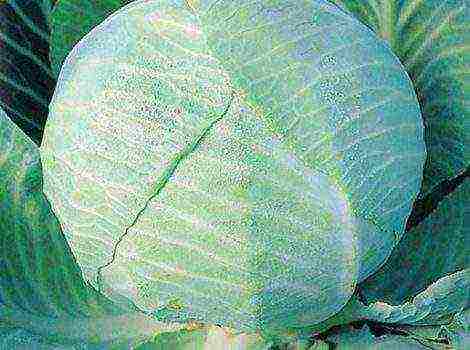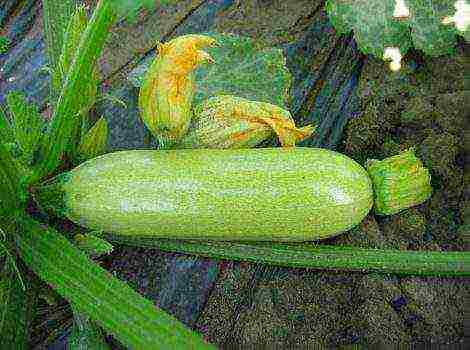Content
Characteristics and description of cabbage variety Stone head
Cabbage for consumption as a product has been cultivated since ancient times. This vegetable comes in many varieties. The early varieties are used in salads, but are not suitable for storage, the middle ones are suitable for canning, the later ones do not spoil in winter. Many summer residents and farmers prefer to plant such a type of this crop as Stone Head, we will tell you about the characteristics and description of this variety in this article.
Characteristics and description of cabbage Stone head
Late a variety of white cabbage, which they love to grow in their gardens, began to be planted in neighboring Poland two decades ago. The weight of the round, dense heads of the Stone Head is approaching 6 kilogramssince there is no interlayer between the leaves.
The cultivar is perfect for salads, the vegetable is salted, fermented, pickled. Since cabbage does not crack, does not lose its taste and vitamins, you can not worry about its safety until the end of April.
On the light green leaves, which seem to be covered with wax, thin veins are noticeable. A head of cabbage, which contains a lot of sugar, has a white color.

With favorable weather and proper care, several heads of cabbage are cut off from a square meter area, the total weight of which exceeds 10 kilograms.
This late variety in the garden can be grown from seeds, but it is better to first harvest the seedlings, which are sent to the garden after 50 days, and after 125 the heads of cabbage are already ripe. With the first method, the crop is harvested a month earlier.
Cabbage seedlings should get into open soil in the last days of spring or early summerwhen the soil warms up up to 10 degrees... Sowing for seedlings is done before April 10. Superphosphate and wood ash are placed in the soil where it is grown. Each fertilizer is enough for one spoonful for a container into which a bucket of earth is poured.
It is necessary to ensure that the seedlings do not overgrow, otherwise they will stretch out and begin to take root in the garden for a long time. The stone head endures frost to minus 5... If it gets colder, they cover it. Heads of cabbage are tied when the air heats up up to 20 degrees.
Advantages and disadvantages of the variety
Many farmers and summer residents prefer this variety of cabbage due to the fact that vitamin salads are prepared from it, they put the vegetable in borscht and soups, salt and pickle. They make second dishes from the Stone Head, and good stuffed cabbage rolls are obtained from the leaves.
Useful substances and taste are preserved when stored correctly until mid-spring.
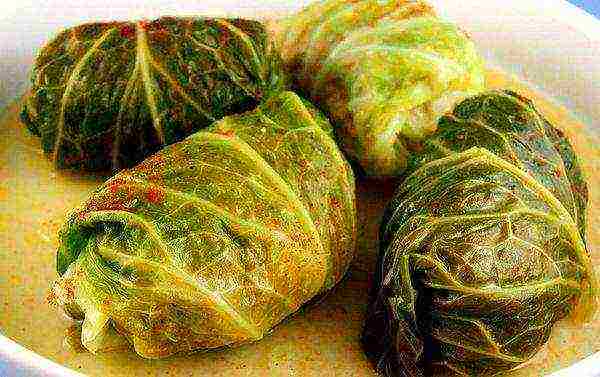
The advantage of the variety is:
- frost and drought resistance;
- no cracking;
- the possibility of delivery over a long distance;
- excellent yield.
Excellent storage. It is easier to care for this species than for other varieties. The only drawback of the Stone Head can be called harsh leaves, which is why it lacks juiciness.
Growing conditions
Slightly flattened or flat-convex heads of cabbage are cut at the end of September or in the first days of October... In Moldova and Ukraine, many farmers sow the Stone Head directly into open soil. However, if sprouts do not appear, it is useless to wait for other crops.

Most often, ready-made seedlings are sent to the ground.Two grams of seeds are placed per square meter of soil, sprinkled so that the depth is less than 20 mm. Cover with foil on top. It must be done in the beginning of April.
The culture is planted in the ground every 70 cm late May or early June... By this time, five leaves appear on the seedlings, after the appearance of the second, a hole is dug.
Before sending the cabbage to the garden, it is taken out into the air, where it is kept for 2 hours so that the seedlings are hardened. In a greenhouse or greenhouse, the sprouts need to be fed, constantly loosened the soil.
When the first leaves break through, watered with a solution with a mixture of fertilizers in the form potassium sulfate, ammonium nitrate, superphosphate... Put 10 grams of the first substance on a bucket of water, 20 grams of the second, 40 grams of the third. After 10 days, increasing the rate of each component by 2 times, the seedlings are fed again.
The crop needs the greatest moisture when the seedlings are placed in the ground. It is better to do this when it is cloudy and warm. Pour into holes up to 18 centimeters deep humus, ash... It is advisable to add crushed egg shells. Pests do not tolerate it.
The stone head feels great on loams... It is advisable to set aside a plot for such a culture in a lowland, where the sun shines all day. In the shade, heads of cabbage will not tie or will be loose. The soil should be moderately acidic.
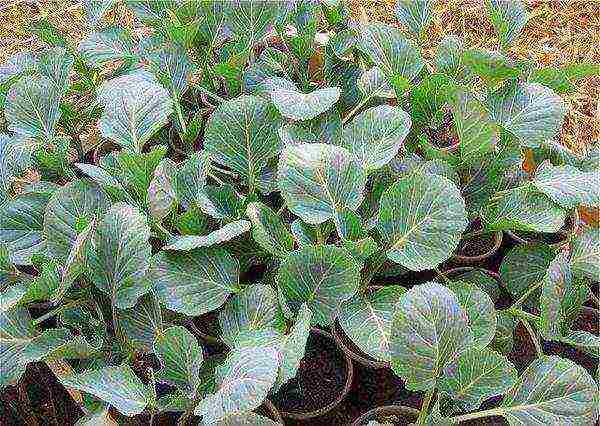
Culture care
To enjoy a great harvest, you must not ignore the agronomic requirements. It is advisable to grow cabbage in the beds where legumes, potatoes, eggplants, and onions were harvested earlier. It grows well after zucchini, pumpkin, if the soil is fertilized by sowing rye or wheat for the winter. However, when tomatoes and cucumbers ripen nearby, there will not be enough nutrients for cabbage.
This plant variety not susceptible to disease... It is not difficult to protect the culture from pests by sowing marigolds, bitter wormwood, and mint nearby. Insects do not tolerate the pungent odor from these plants.
The biggest mistake of some summer residents is that for cabbage bushes, they do not find a sunny place, but are planted in partial shade.
Every few years looking for a plant new site... Young bushes in strong sun are covered with pine branches.
Watering the Stone Head in the morning or eveningby installing sprinklers or by supplying water to the trenches dug between the rows. At this time, there is no intense heat, the sun does not bake.
An adult plant normally tolerates moisture under the root, two weeks before ripening, watering is stopped.
The cabbage is fed 14 days after planting in the garden with a mixture of nitrogen, phosphorus and potassium fertilizers. You can replace chemicals with chicken droppings at the rate of 500 grams per bucket of water.
In the summer, organic matter is taken for the subcortex in the form manure... Accelerates the growth of bushes brewer's yeast solution.
Cleaning and storage
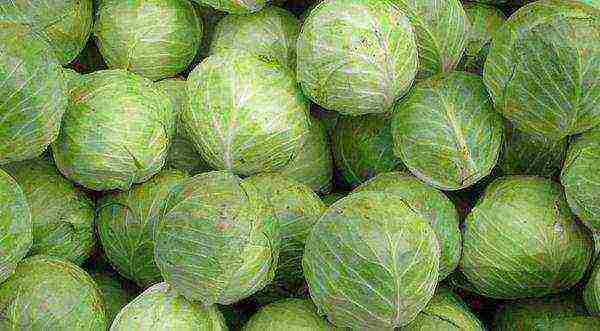
Cut the culture in early October picking up not rainy, but dry weather. Cabbage, the heads of which are intended for long-term storage, are harvested before frost.
The stone head is used to prepare various dishes. Fresh, this variety of cabbage is used all winter and spring. In the heads of cabbage, trace elements and various vitamins are perfectly preserved. Folic acid improves gastric acid production. Juicy and sweet Stone Head is used for dietary purposes.

